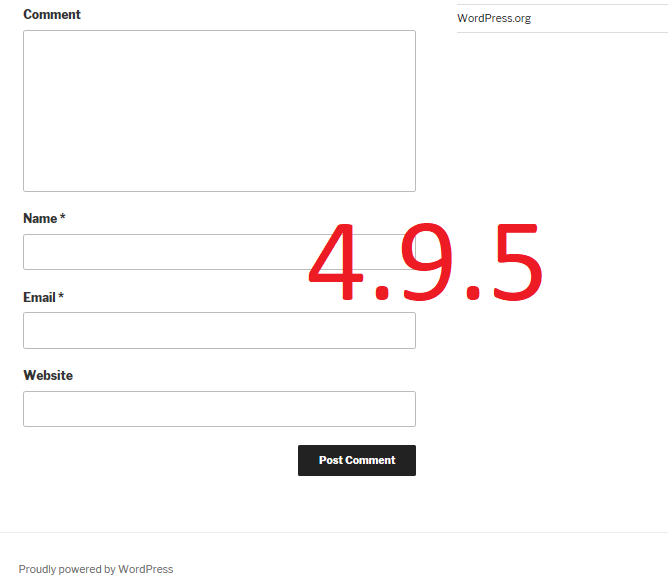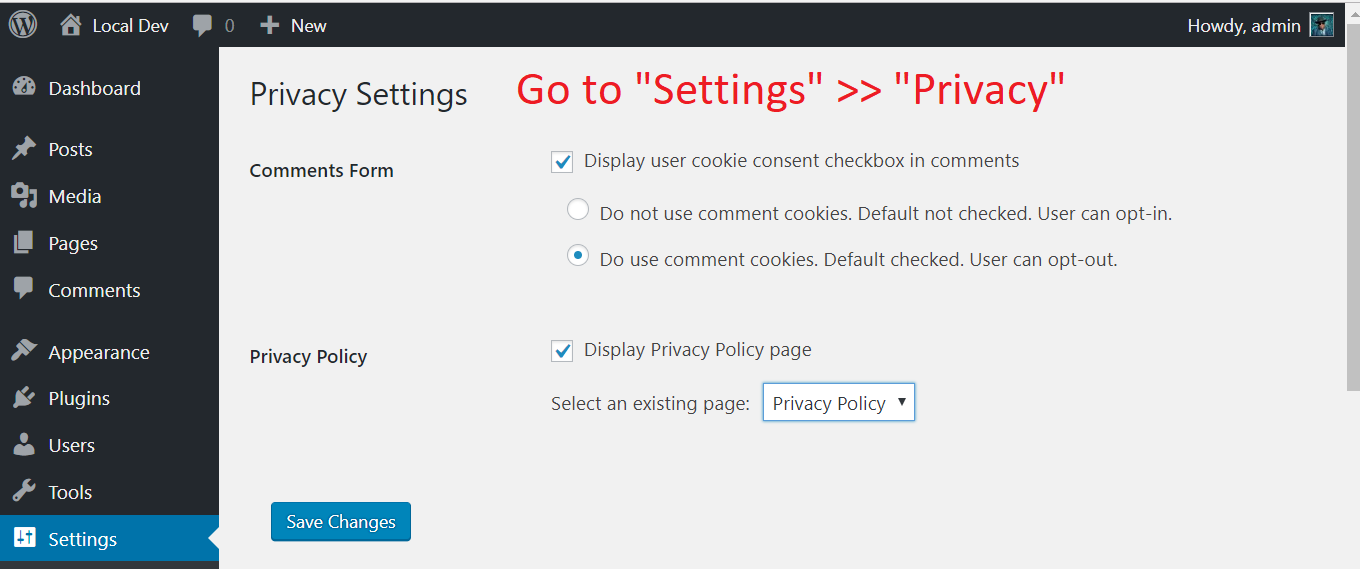This is the tale of the incredible vanishing checkbox, on WordPress versions 4.9.6 and 4.9.8.
WordPress uses cookies by default to log in users and track who is making a comment. Cookies are small snippets of data kept on a user’s browser. WordPress is trying to deal with the new GDPR regulations. It seems from following Trac, that it’s a giant cluster fuck.
This annoying checkbox was forced onto every WordPress site in the world as of 4.9.6:

As soon as I saw this monster I started making a plugin to roll it back. It was obvious to me that most sites wouldn’t want this, and that it served absolutely no purpose. It comes from a misunderstanding of the law, and a desire to be clever.




There is no requirement in GDPR for websites to display a check box for cookie use. None, totally false.
Then comes out 4.9.8 which removed the check-box that was just installed!

However! This revert also breaks functionality. Users who aren’t logged in have no way now of knowing that their comment was submitted.

So the situation as of 4.9.8 is that the comment cookie check box came and went, and now everybody’s site is broken.
You can solve the problem by re-activating the comment check box in the admin SETTINGS >> DISCUSSION, but then you’ll still have the checkbox. Or use this plugin to restore functionality to the way it was.





